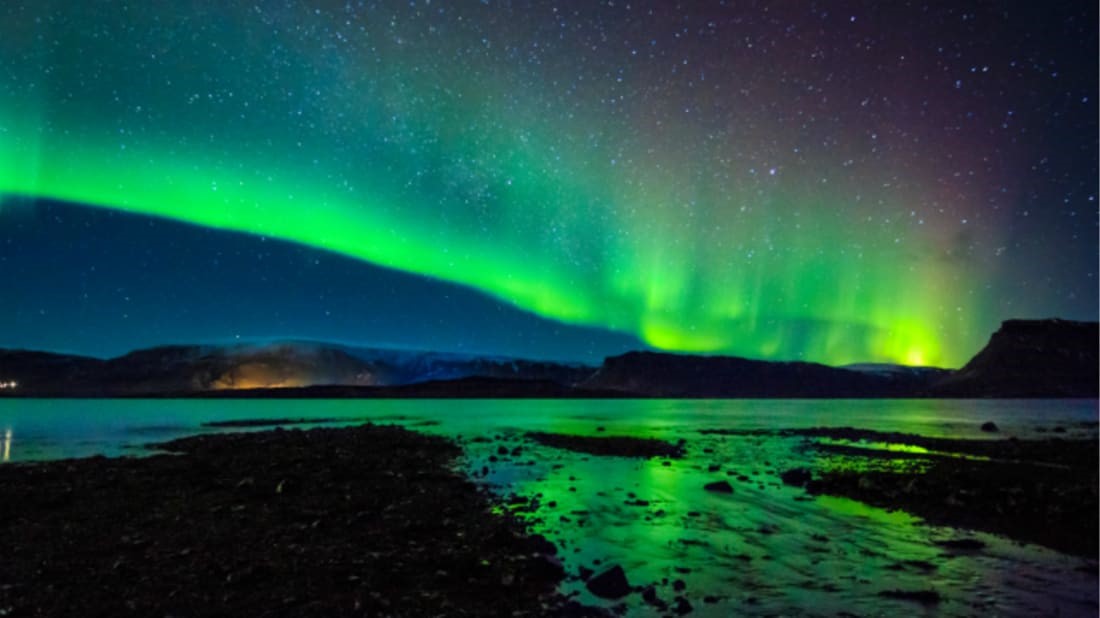
Physicists report definitive evidence how auroras are created
A team of physicists led definitive evidence that the most brilliant auroras are produced by powerful electromagnetic waves during geomagnetic storms. The phenomena, known as Alfven waves, accelerate electrons toward Earth, causing the particles to produce the familiar atmospheric light show.
Scientists have known that energized particles that emanate from the sun -- such as electrons racing at approximately 45 million miles per hour -- precipitate along the Earth's magnetic field lines into the upper atmosphere, where they collide with Oxygen and Nitrogen molecules, kicking them into an excited state. These excited molecules relax by emitting light, producing the colourful hues of the aurora.
The theory was supported by spacecraft missions that frequently found Alfven waves traveling Earthward above auroras, presumably accelerating electrons along the way. Although space-based measurements had supported the theory, limitations inherent to spacecraft and rocket measurements had prevented a definitive test.
The idea that these waves can energize the electrons that create the aurora goes back more than four decades, but this is the first time they've been able to confirm definitively that it works.
The agreement of experiment, simulation, and modelling provides the first direct evidence that Alfven waves can produce accelerated electrons, causing the aurora.
 English
English Arabic
Arabic


